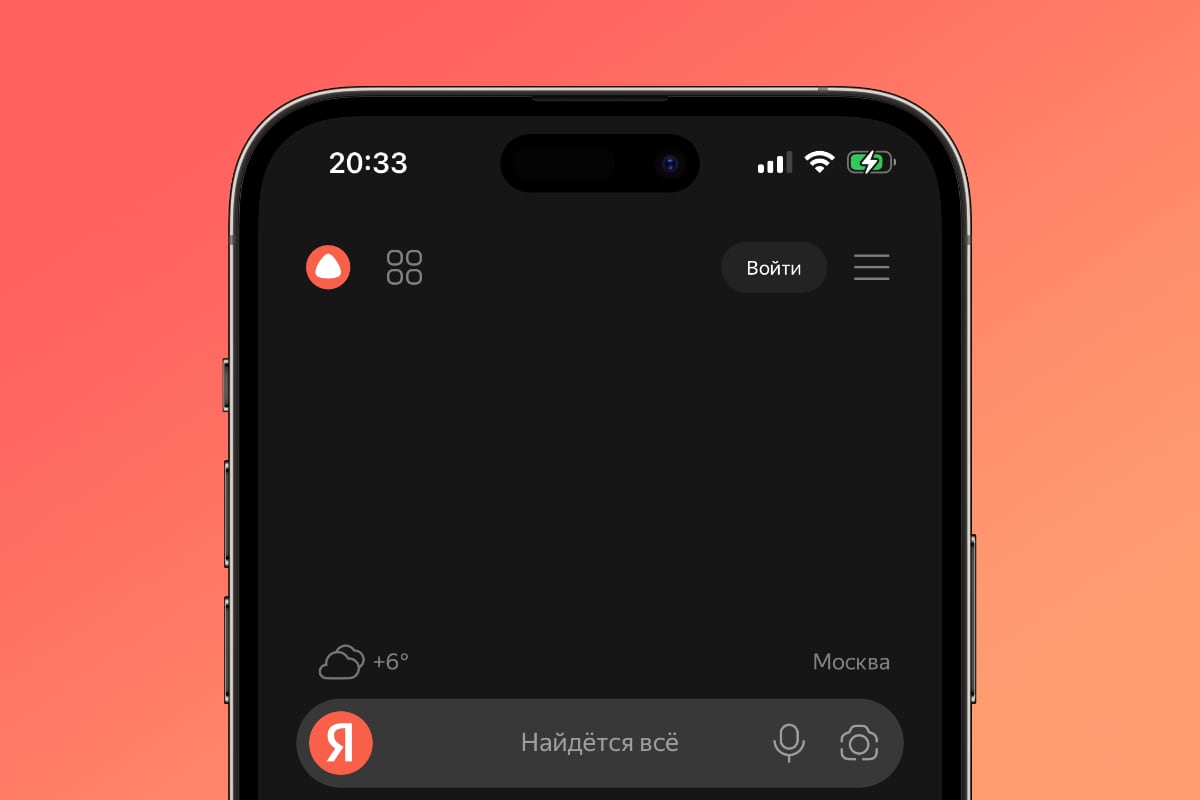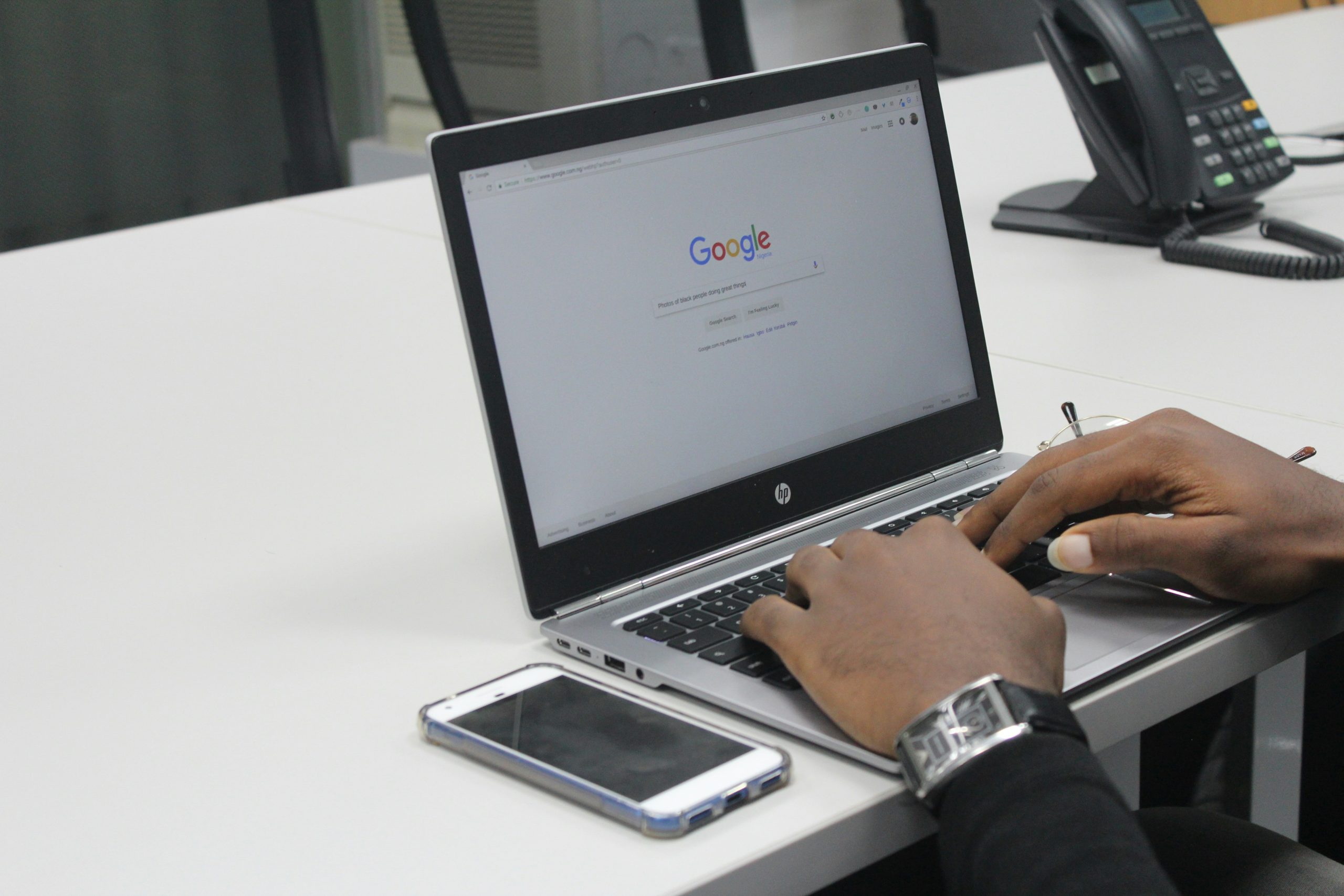There was a time when Apple boasted that its phones could only be used with one hand. He even made commercials with it, for example, for the 2012 iPhone 5. At that time, the rest of the market was already offering consumers phones that were getting bigger and bigger over the course of several years in exchange for an even bigger screen. They were called phablets.
Today, a decade later, Apple no longer maintains this message. Yes, he did it until recently, but he failed. The presentation of the new iPhone 14 also marked the end – without any sign of a return – of the Mini line that accompanied us through the 12th and 13th generation.. Two terminals that played against each other in the world of giants, but this, of course, did not work out.
Both had 5.4-inch screens in a world that has long averaged over 6.
Mini comes out. Enter plus
Not only have Apple withdrawn them, but they are supporting the idea that we love big screens with the new iPhone 14 Plus, an option that gives you inches (specifically 6.7) without having to take and pay for it. Max model.
The operation is simple and clear. Mini comes out, Plus comes in.
Apple’s reasons for not renewing Mini models are justified anyway. It was a model that seemed to go well, but almost more techies than for the general public. The proof is that, according to CIRP, sales of the 13 Mini were only 3% of iPhone sales last year. 12 Mini already meant 8%. Add to that the fact that in a world of high demand your battery is dead, turn it off and go.
Although, of course, the main question is to know how much weight had a problem that its batteries were not as suitable for current use compared to larger models – a technological problem – compared to the general penchant for large screens something aesthetic and/or practical.
After all, size (on the iPhone) seems to matter
Jobs is well known for saying in 2010, a year before his death, that “big phones won’t sell” because he finds them awkward to use with more than one hand.
A timeless commitment to ergonomics and comfort was the mantra of the former Apple CEO’s life., which seemed to be adamant in its unwillingness to create intermediate devices between the iPhone and the new tablet. A decision that has remained solid within the company and one that almost led to a dialectic battle between compact phones and larger phones, as can be seen from the well-remembered iPhone 5 announcement we mentioned at the beginning. Everything could be done with the thumb, and then he bet on this:
Rumors of Mini’s death have been circulating almost since its debut in 2020. In early 2021, reports began to surface that Apple had grossly overestimated demand for the phone and was forced to drastically cut production, and that it represented only a single digit percentage of all iPhones. sales.
Jobs once said that “big phones won’t sell.”
Maybe it’s because most people just want cheap phones with big screens. Estimated StatisticalPhones with screens between 5 and 5.5 inches accounted for about 13.5% of units shipped by manufacturers in 2022. Data from Statistical they also show that fewer and fewer small phones are being sold in recent years, while sales of large phones are on the rise.
Yes, the Mini had its faults. Even with the 9 percent increase in battery capacity that the Model 13 had, it was never a phone that could last all day with heavy use.. And while it was able to match the features of its larger counterpart, it’s hard to imagine that Apple could have made a practical Pro version.
The extinct world of compact mobile phones

However, it was a great option for those who didn’t mind those shortcomings (or who didn’t mind carrying around a bit more in the form of batteries on the rare occasions when they needed them). And that’s the real magic of the Mini: it fills (or filled, I think) a niche that other manufacturers have almost abandoned.
There are some great Android phones today with small screen sizes, but this is not a mini model that inherited the design philosophy of the first iPhone. The Asus Zenfone 9 has a 5.9-inch screen, while the Pixel 6A has a 6.1-inch one.
But The Mini’s 5.4-inch screen was smaller. Now iPhone SE with a diagonal of 4.7 inches, but with a larger terminal size, is the most content-rich Apple device.. In addition, there are performance differences where the Mini model promised the most. Now, with only the SE, compactness at Apple is synonymous with economy.
Smartphones with large screens were introduced 10 years ago by Asian manufacturers because in regions such as Asia or Africa, the smartphone was the main way to access the Internet. In the absence of computers and, of course, tablets, a small mobile screen was the most suitable.
According to DeviceAtlas, where statistics are kept by device, the countries where smartphones larger than 5.7 inches are most common are Malaysia, Egypt and Russia. The same thing happens with 5.5 in India or Nigeria, where it is stated “that this is the main way to access the Internet for many people.” Keep in mind that if you’re looking to cut down on items to save, a mobile phone is vital compared to a laptop and, of course, a tablet.
This need has become basic for other territories. And, in passing, it took the iPhone Mini.
Source: Hiper Textual
I am Bret Jackson, a professional journalist and author for Gadget Onus, where I specialize in writing about the gaming industry. With over 6 years of experience in my field, I have built up an extensive portfolio that ranges from reviews to interviews with top figures within the industry. My work has been featured on various news sites, providing readers with insightful analysis regarding the current state of gaming culture.















